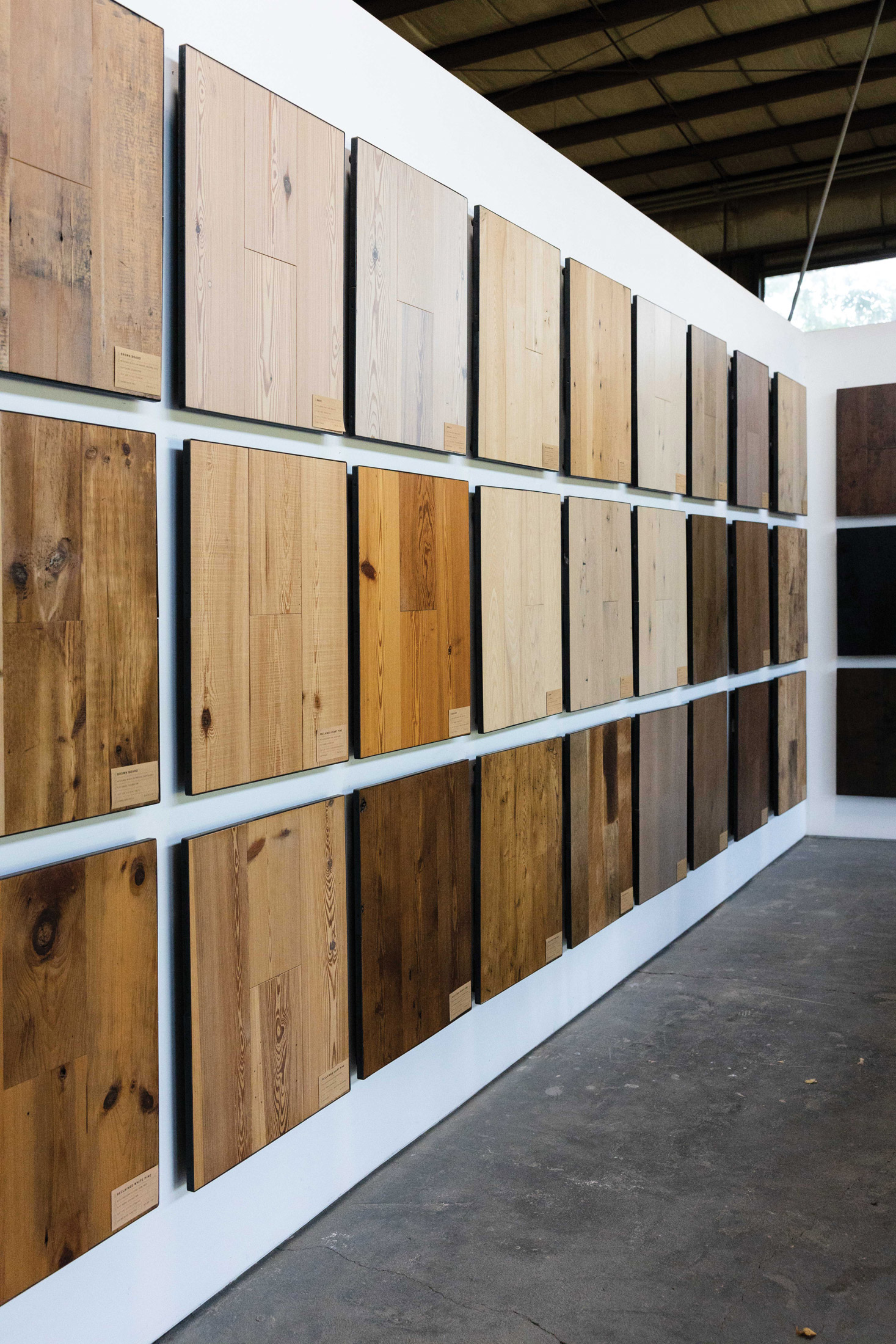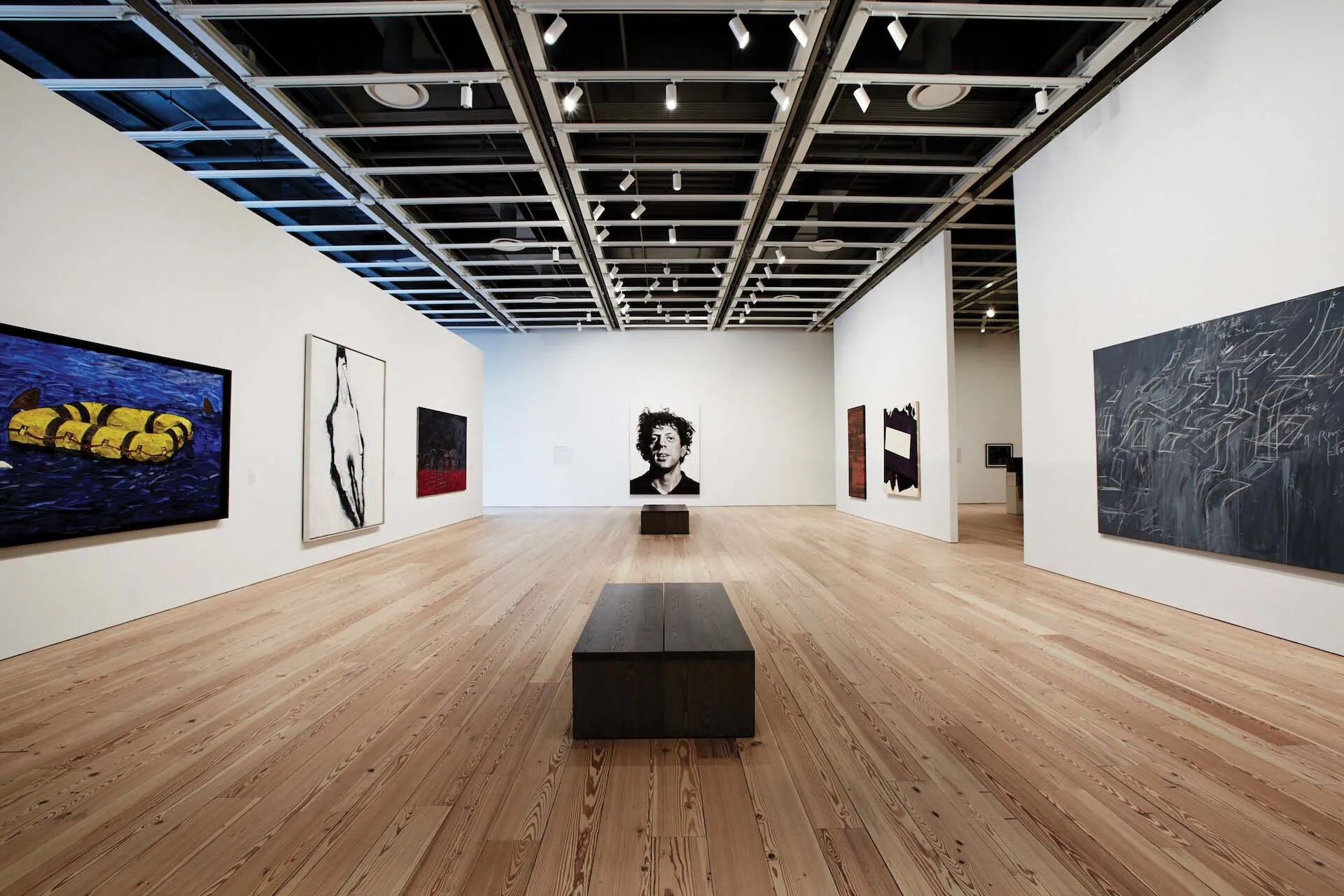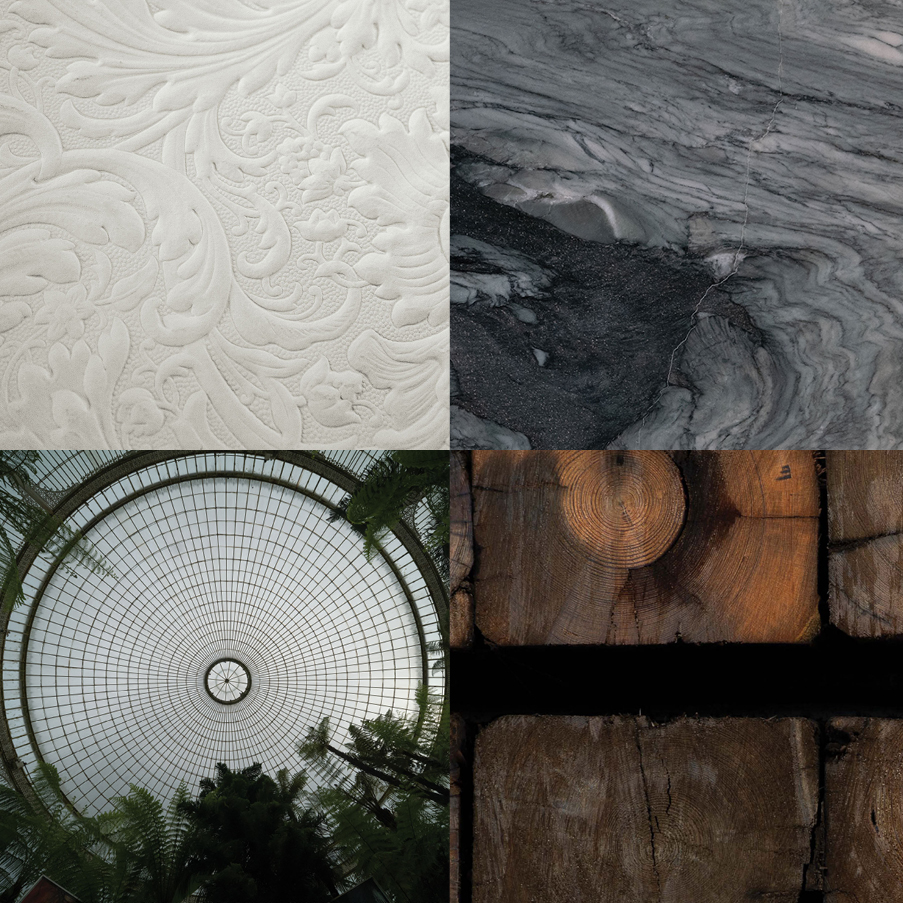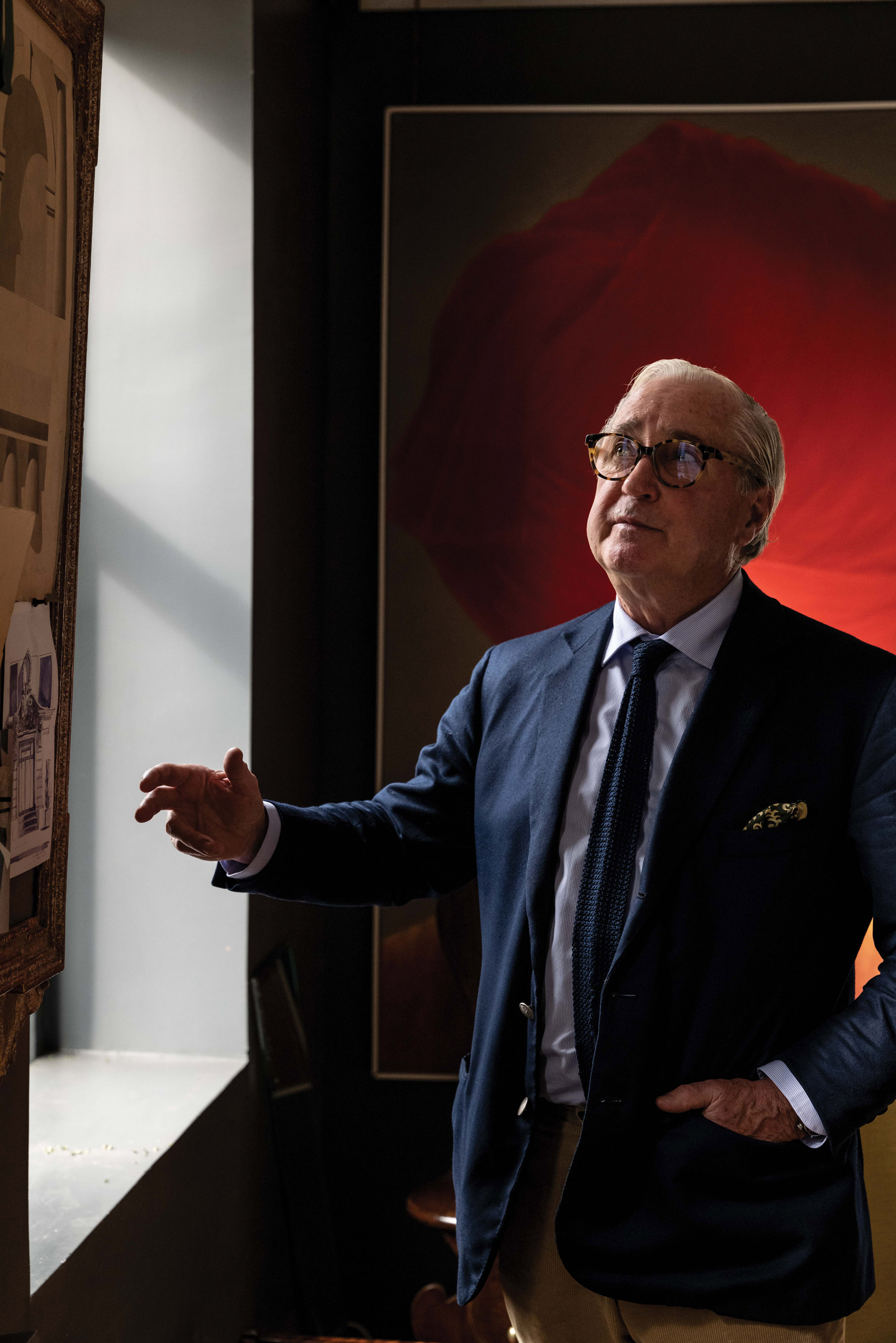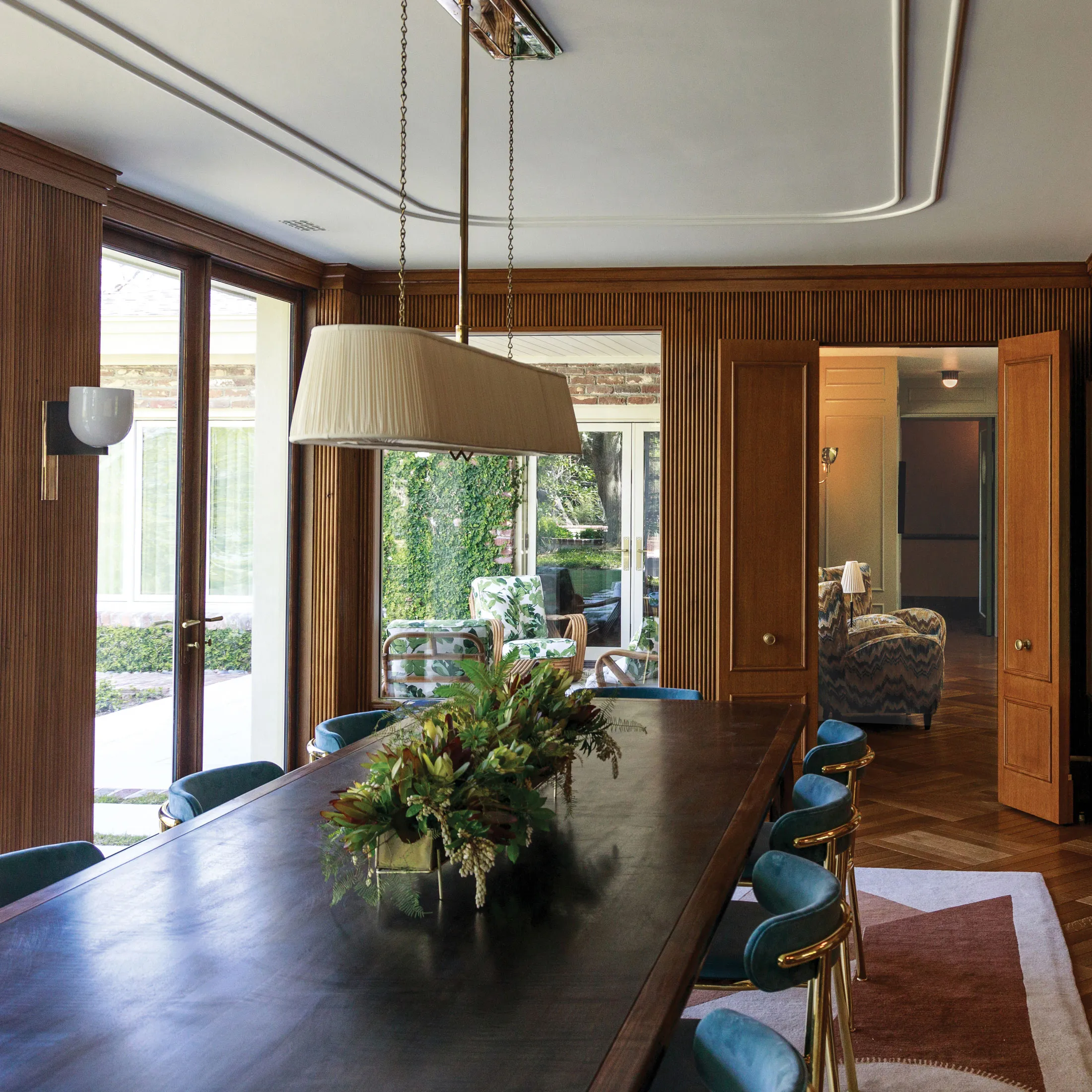It wasn’t always this way. When Jamie Hammel launched the company in 2010, the inventory was a fraction of its current size and not the mountains of neatly stacked historic wood sorted by size and species that pepper the landscape today. The air was quieter, absent the chorus of buzz saws, humming machinery and the click-clack ping of nails being removed from a harvest of old timber dropping into glass jars (recycling isn’t limited to wood alone here.) Back then, the building that houses The Hudson Company was still the shell of an old public theater—which was itself the shell of Carvel’s former ice cream distribution center—and bore little resemblance to the beautifully rustic showplace of niche carpentry and sustainable design that it is today.
What’s more, in 2010, the practice of reclaiming and reinventing old wood barely even registered as an industry, and Jamie spent the first couple of years just teaching himself the ins and outs of his nascent operation. “I spent a lot of nights wondering what I—a guy who had worked for media companies like Condé Nast and NBC in New York City—had gotten myself into,” he says. “I had no experience with this world, just a passion for design, an interest in green building and a vague sense that this type of work could become important and in-demand after the recession. I’m also an entrepreneur at heart,” he continues, “but there were definitely hard times when I worried I had made a colossal mistake.”
A lucky break early on convinced him otherwise.
We had just launched into business,” Jamie recounts. “We had enough experience to have outgrown our hubris, but we were still definitely driven by a desire to succeed. Anyway,” he continues, “I get a call one night and it’s for an order of wood for a big apartment in Tribeca. I say, ‘YES!’ without thinking, and then wonder how I’ll ever make it happen. But we stayed up all night—because it’s a rush job and we clearly weren’t the first in line—and we got it done.”
The client—a very happy fellow whose myriad acting credits have made him a household name—took notice and became a return customer. “That project ended up being not only a big milestone professionally,” Jamie reflects, “but also the moment when I knew we had what it takes to survive long-term.”
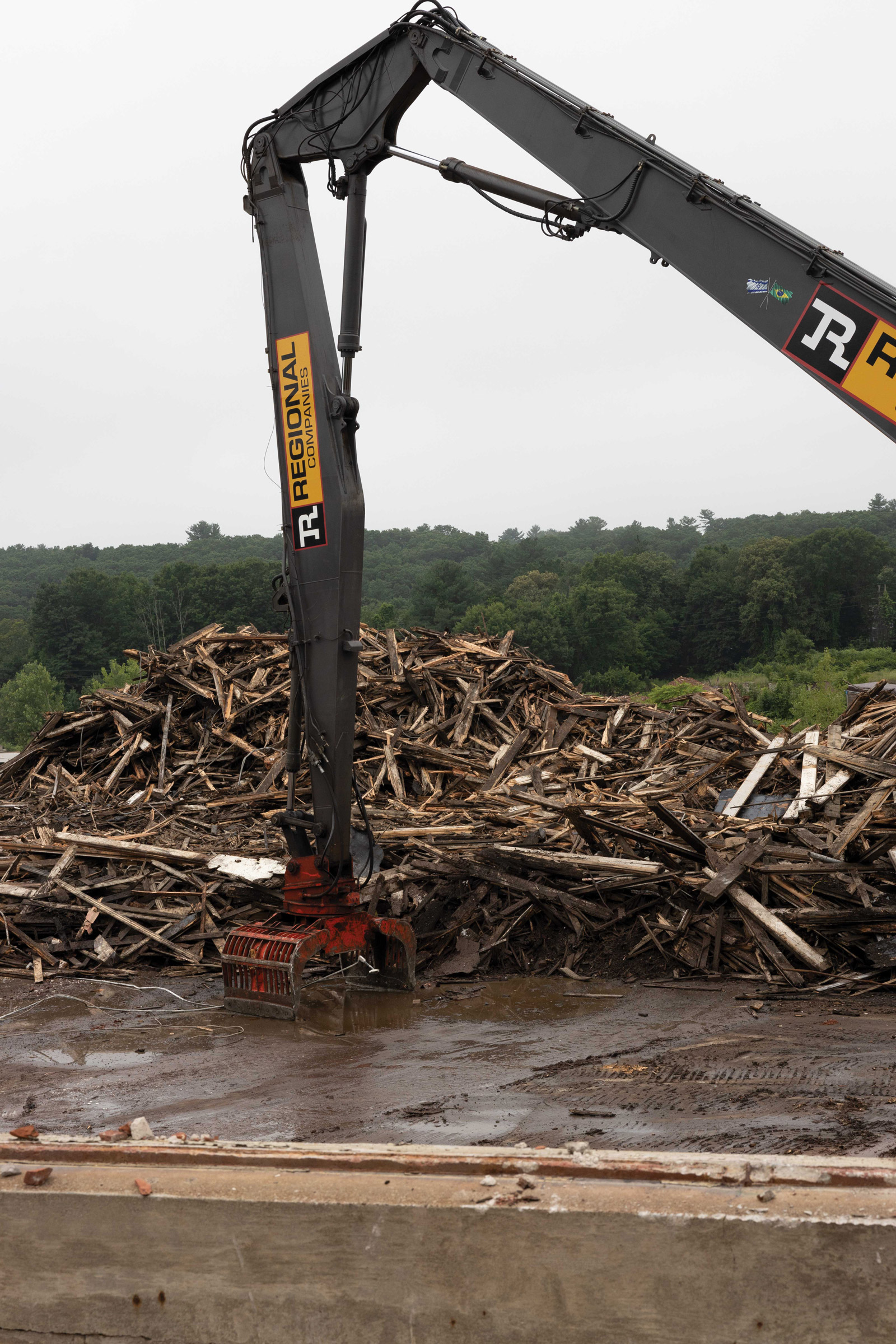
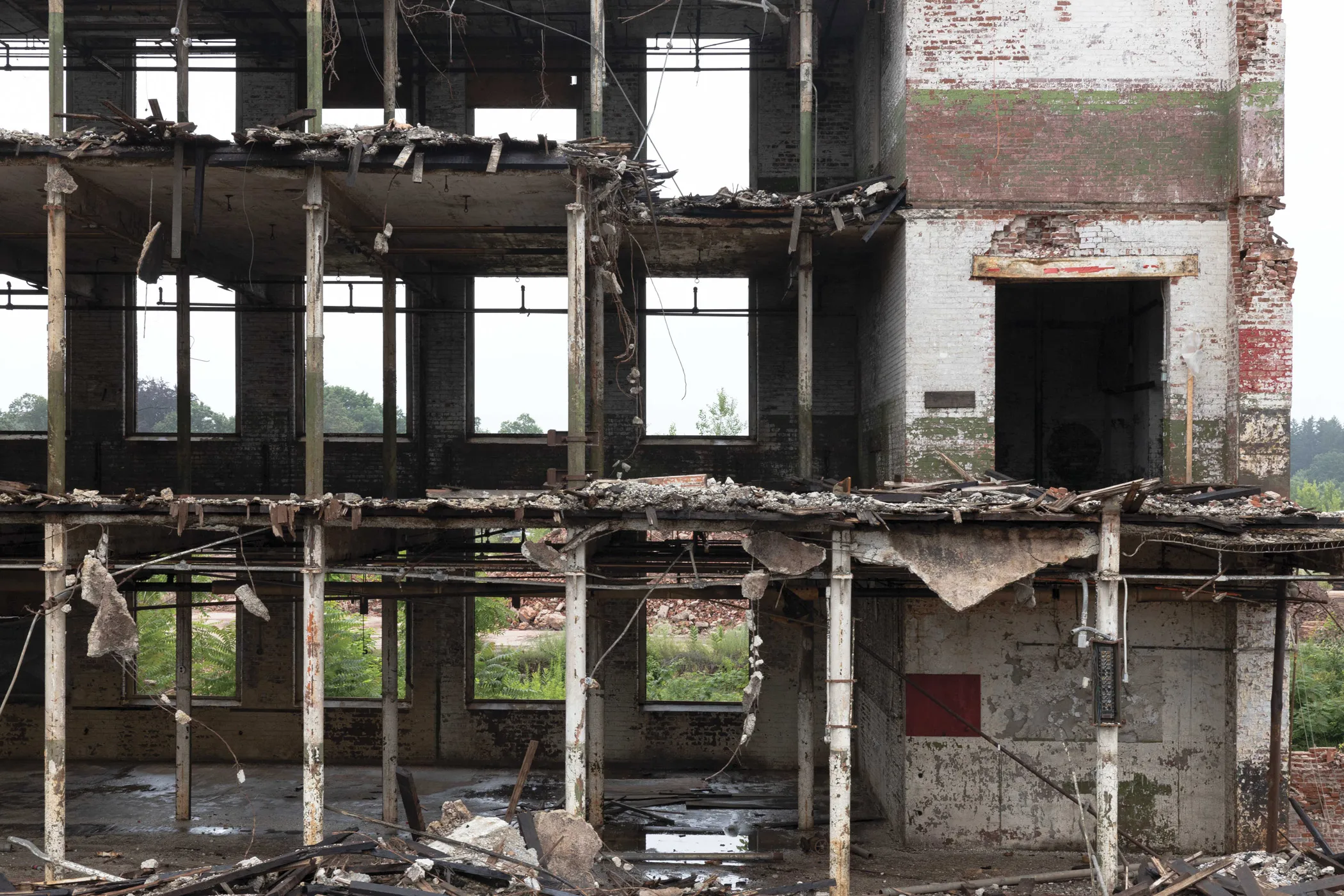
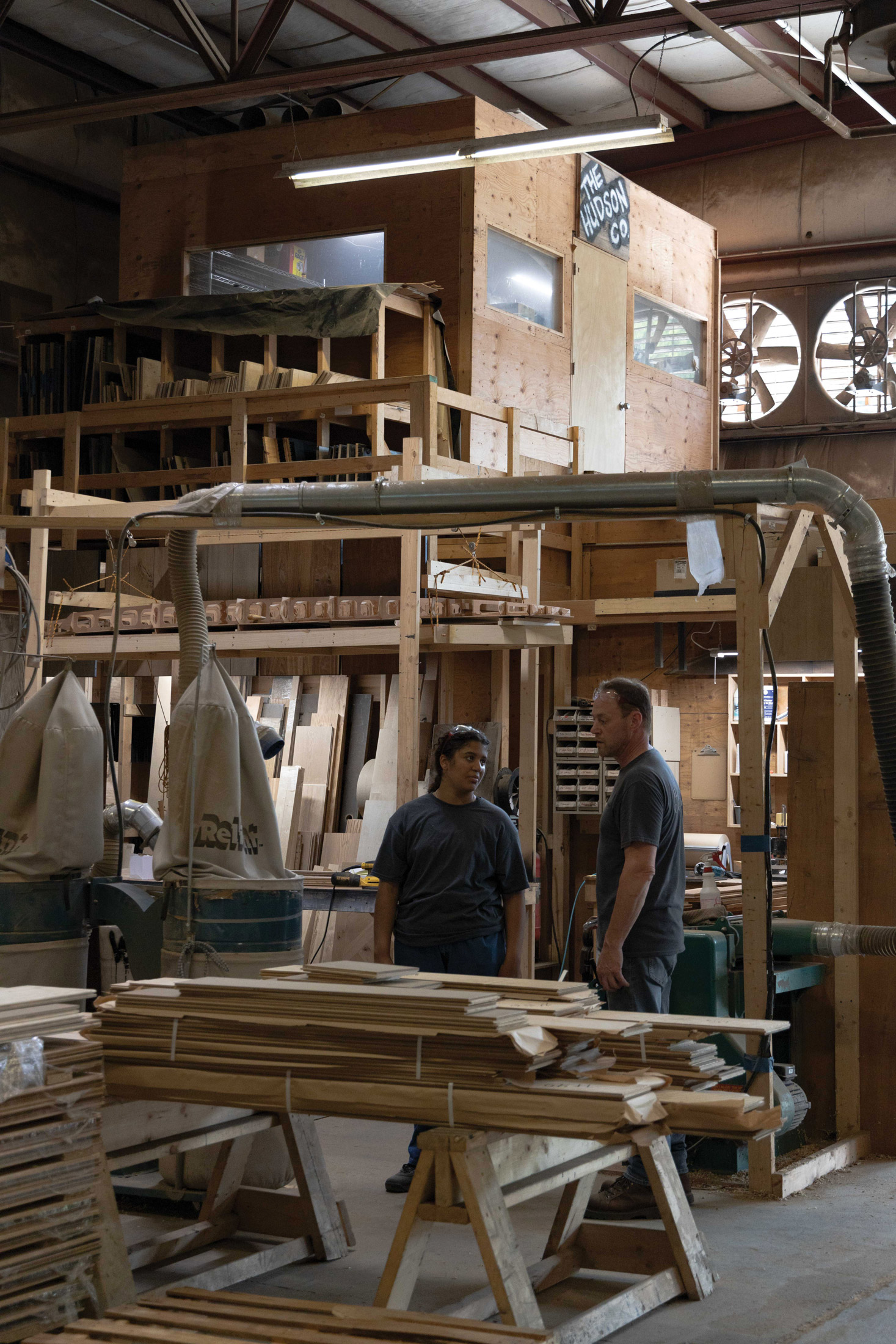
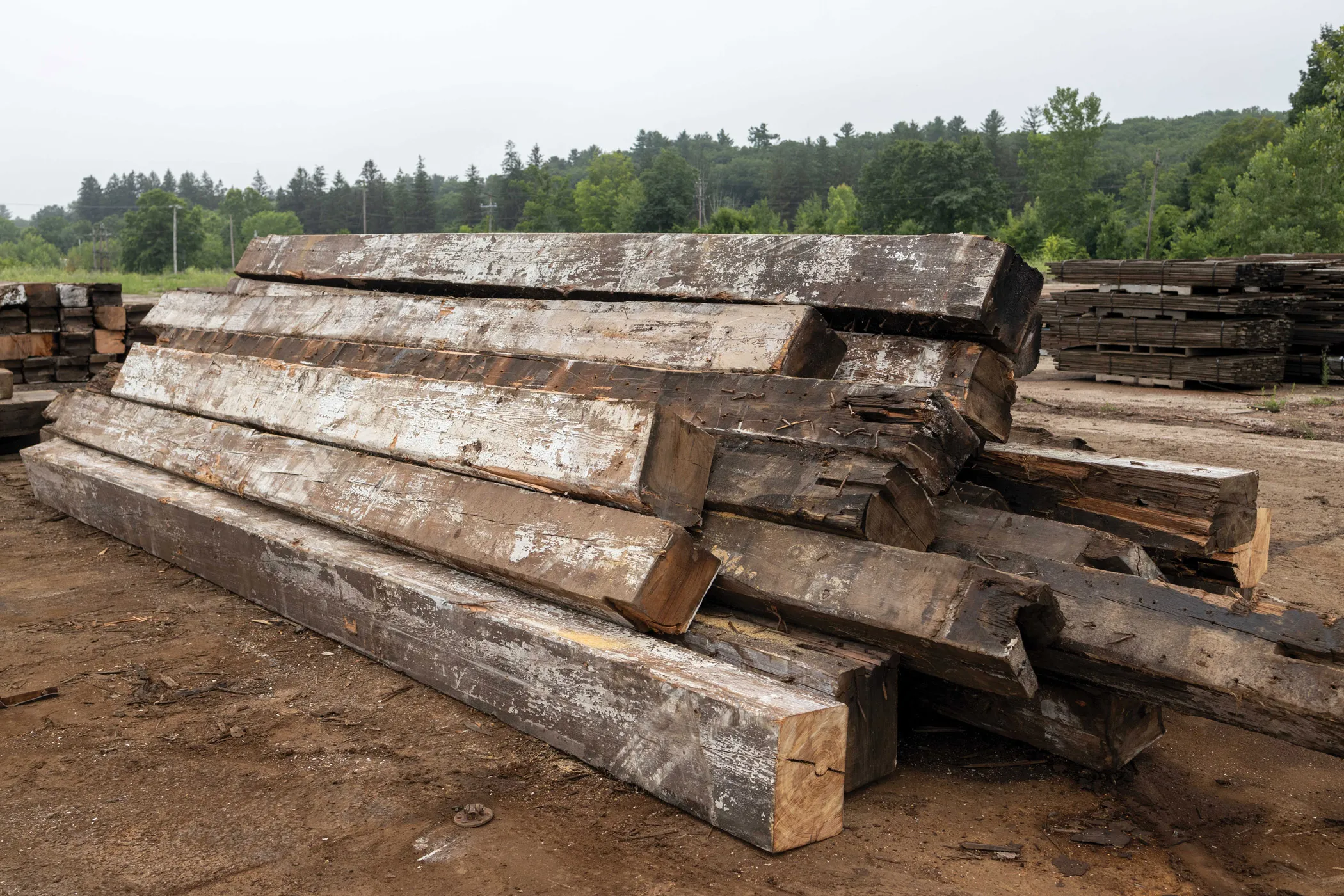
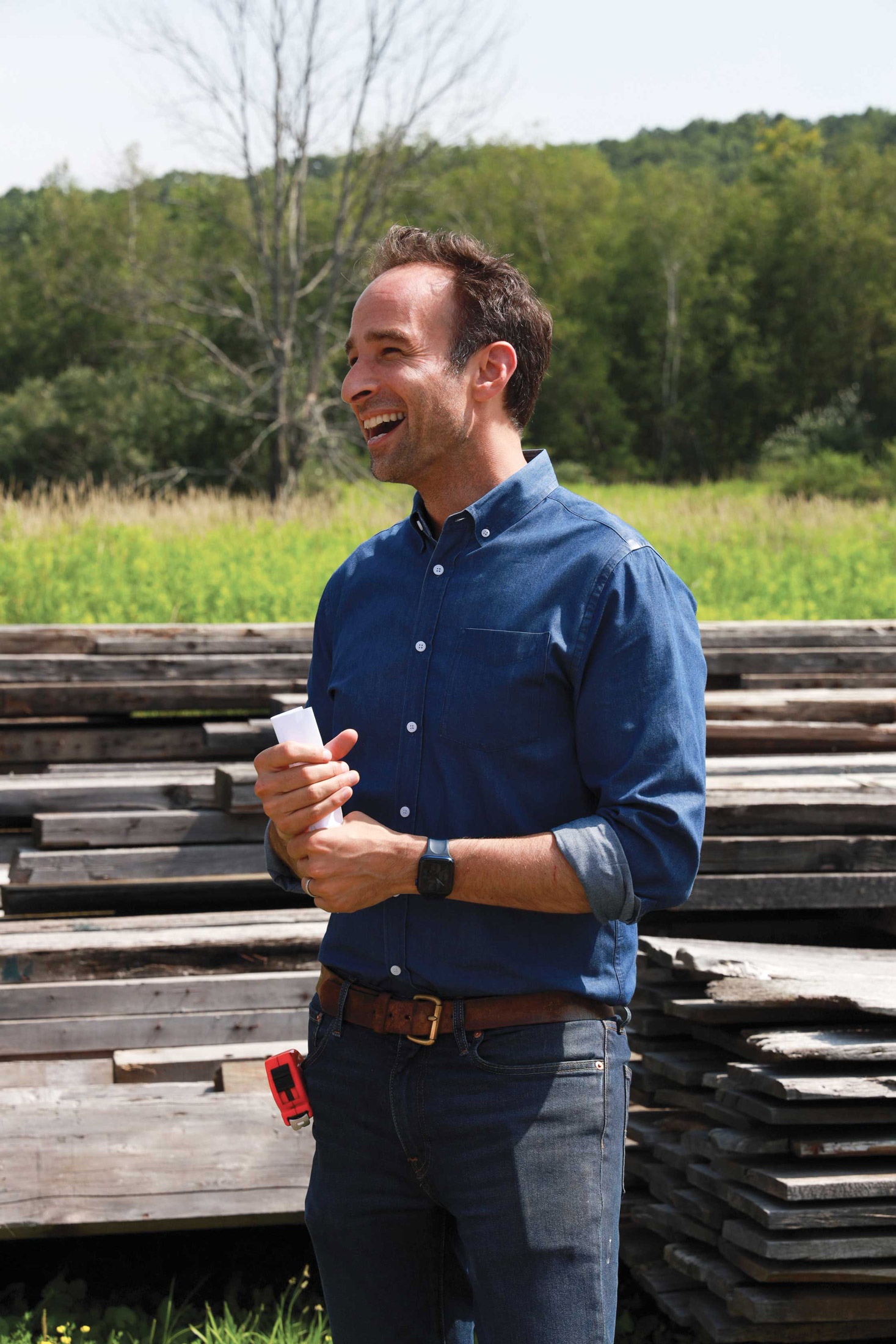
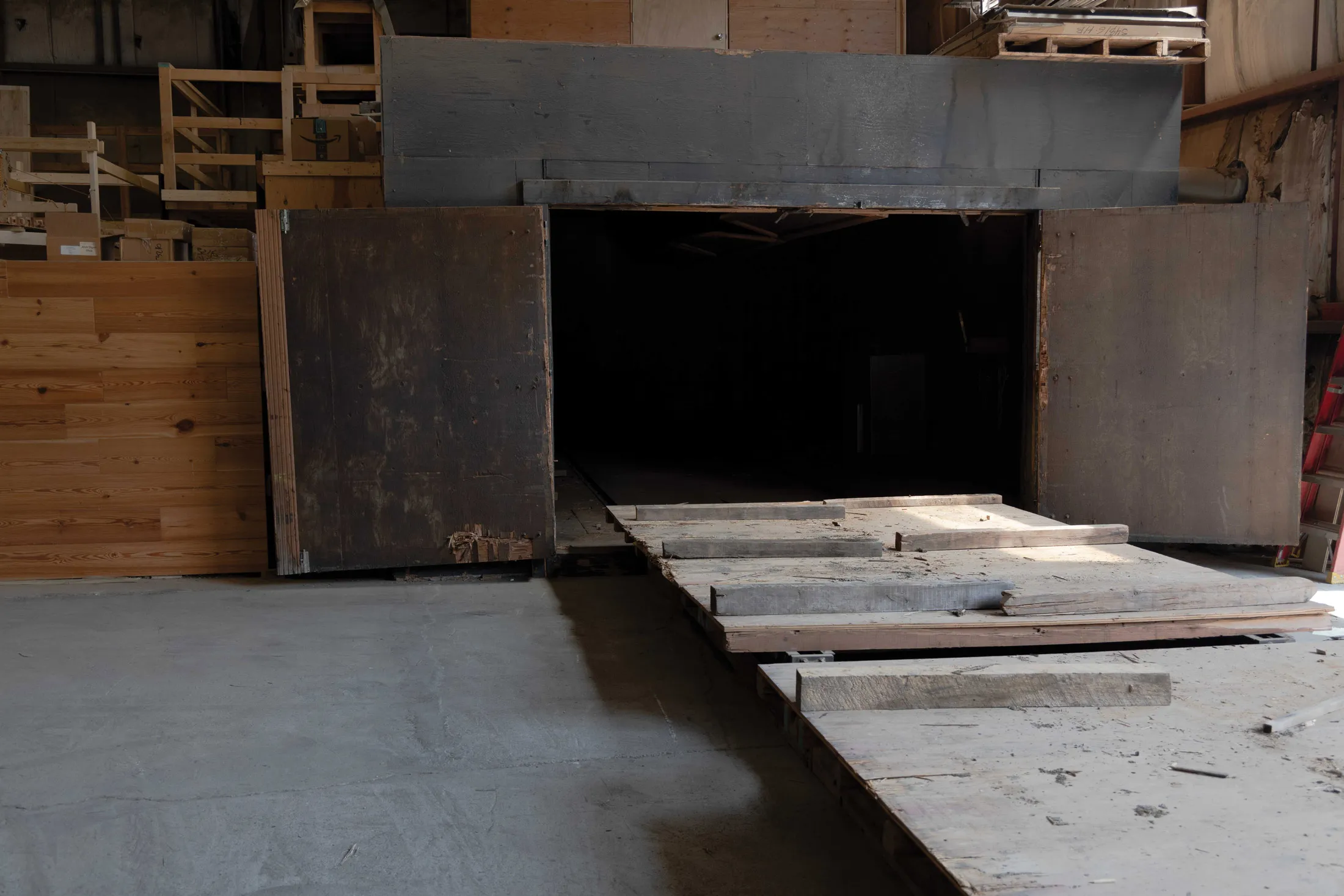
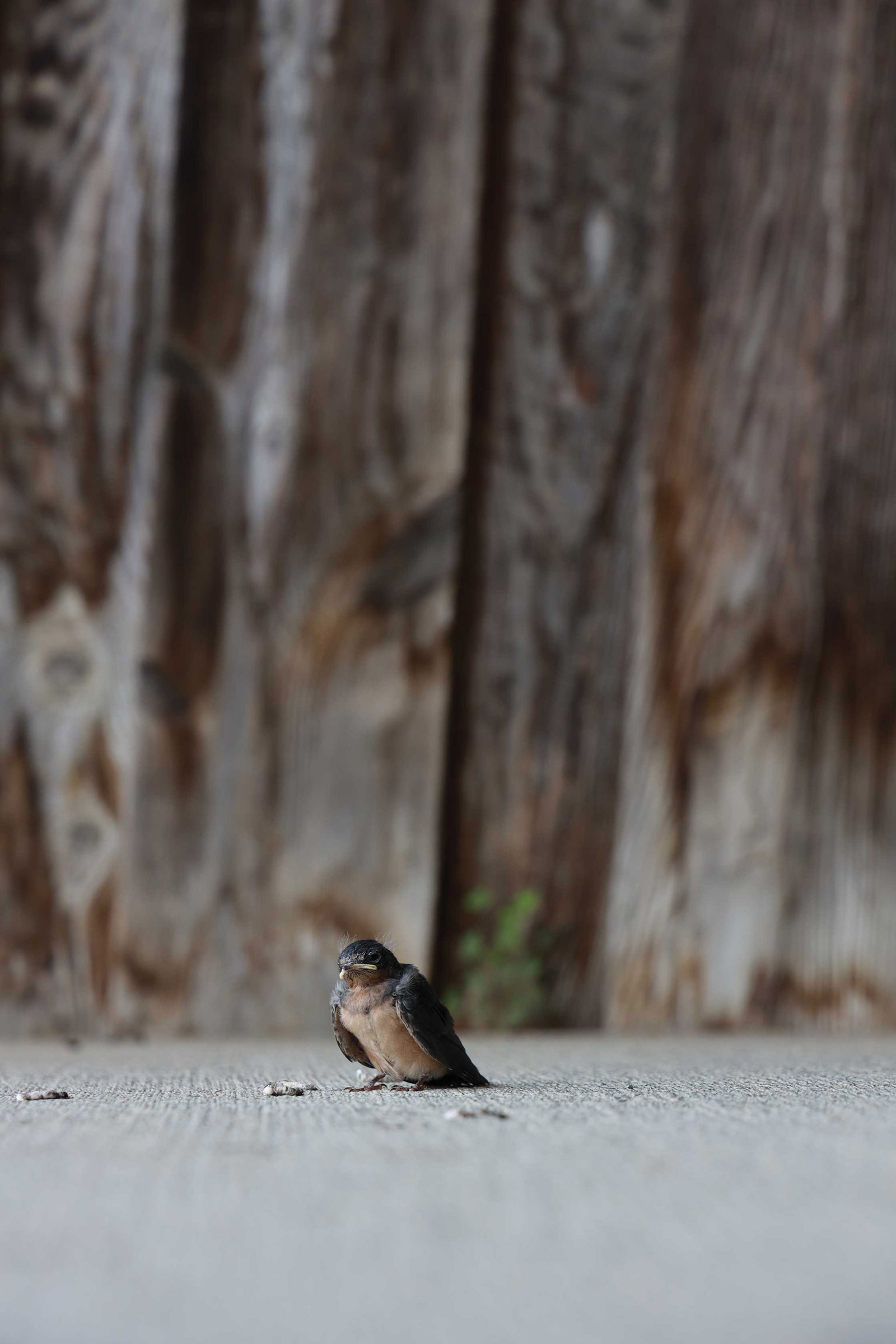
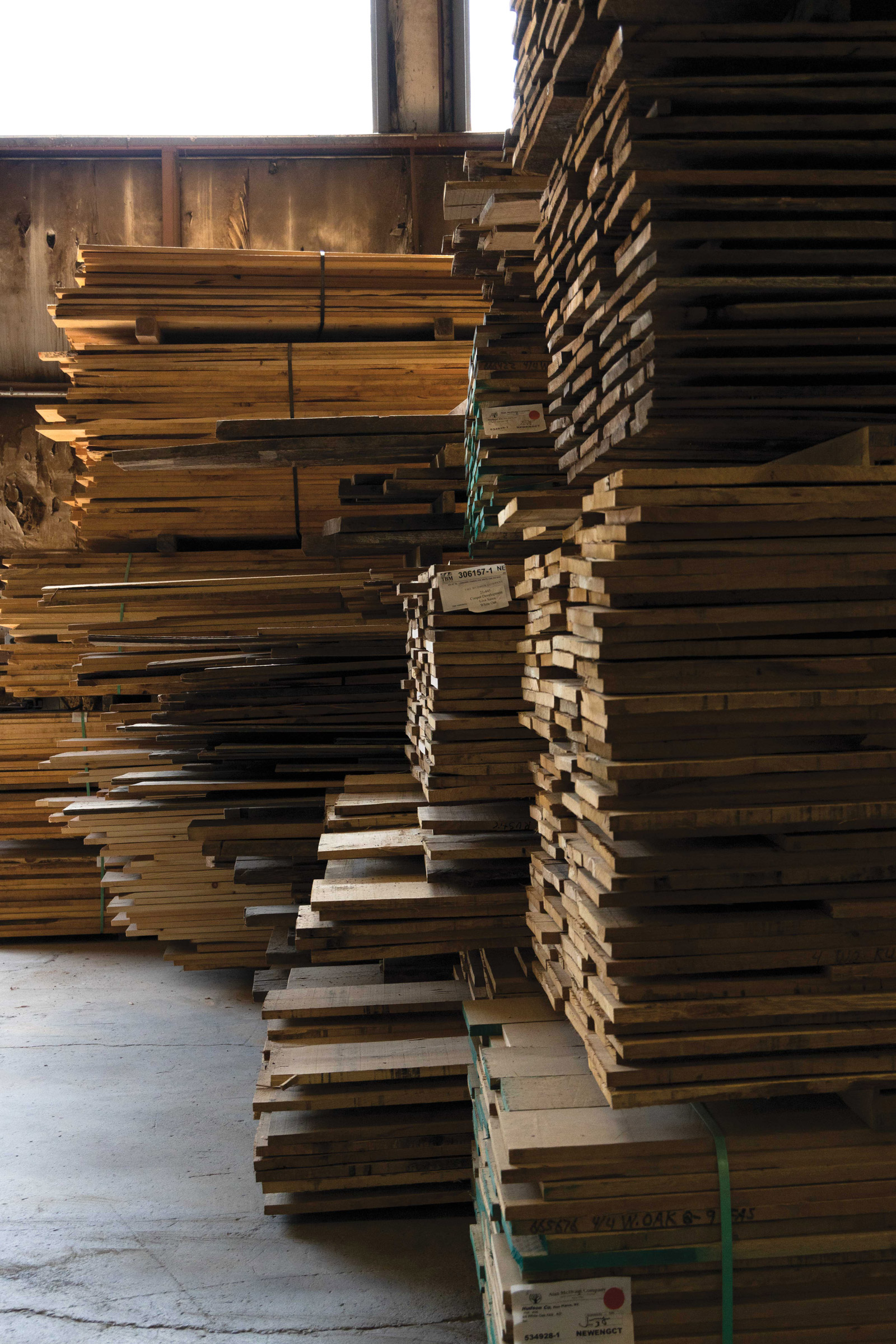
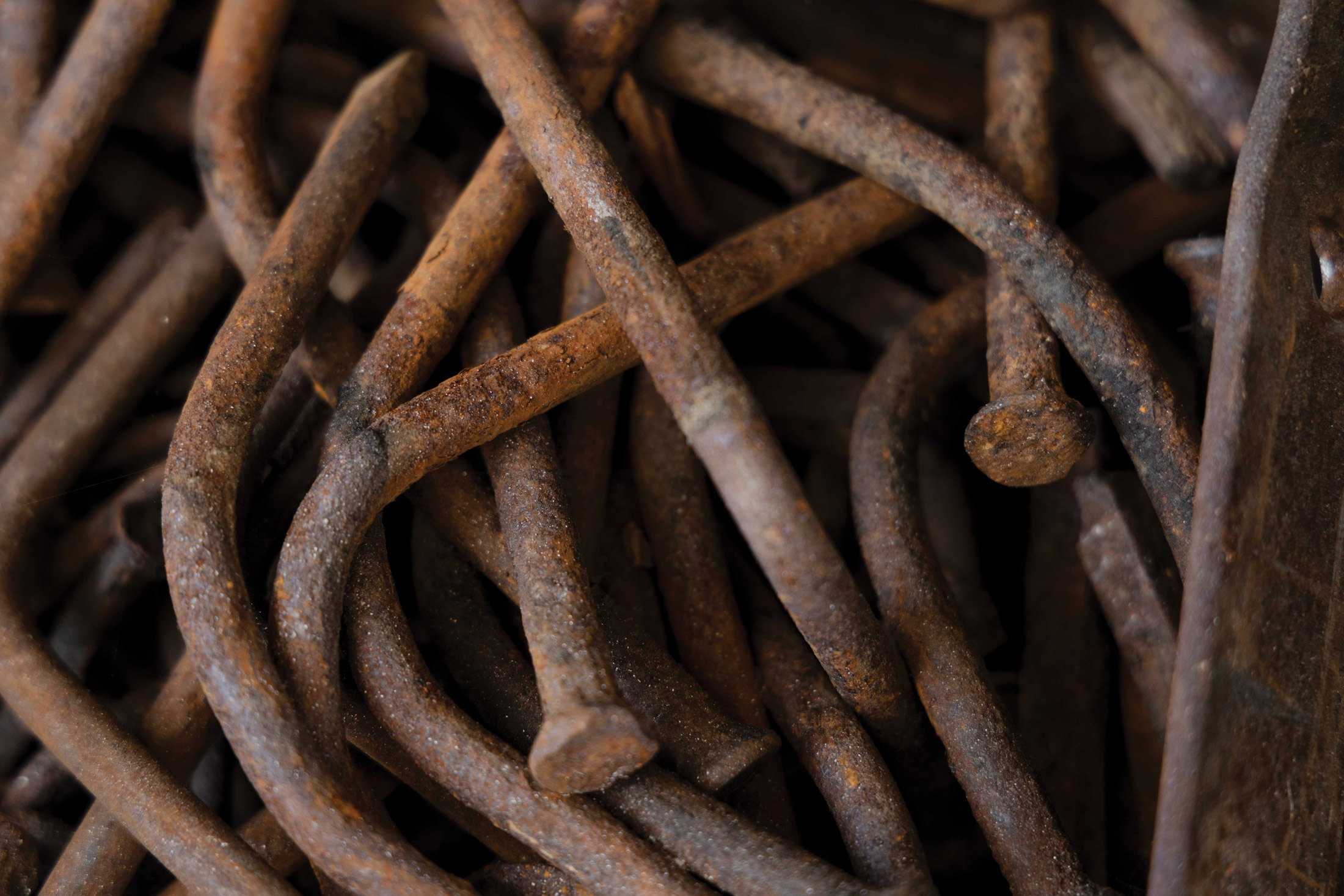
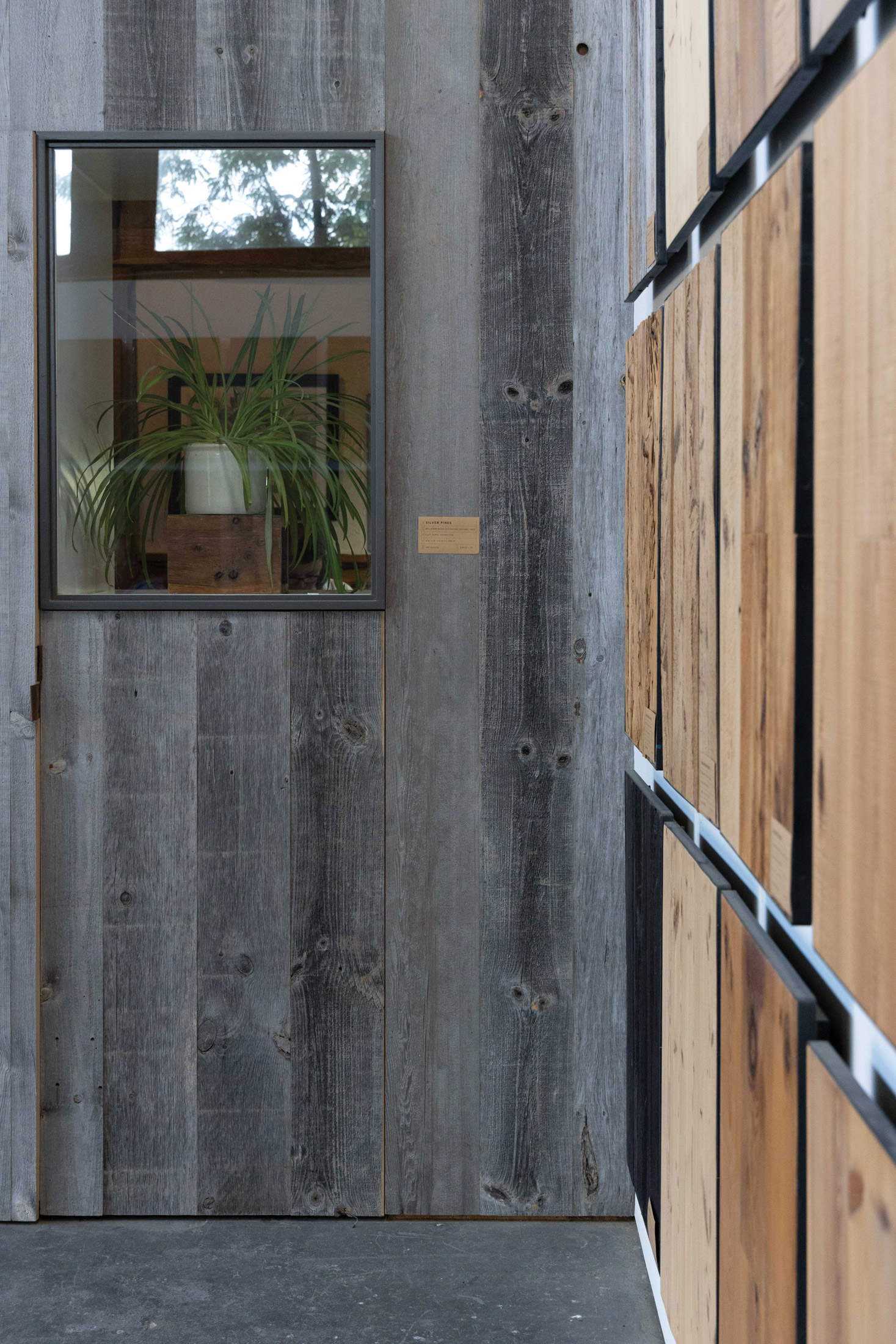
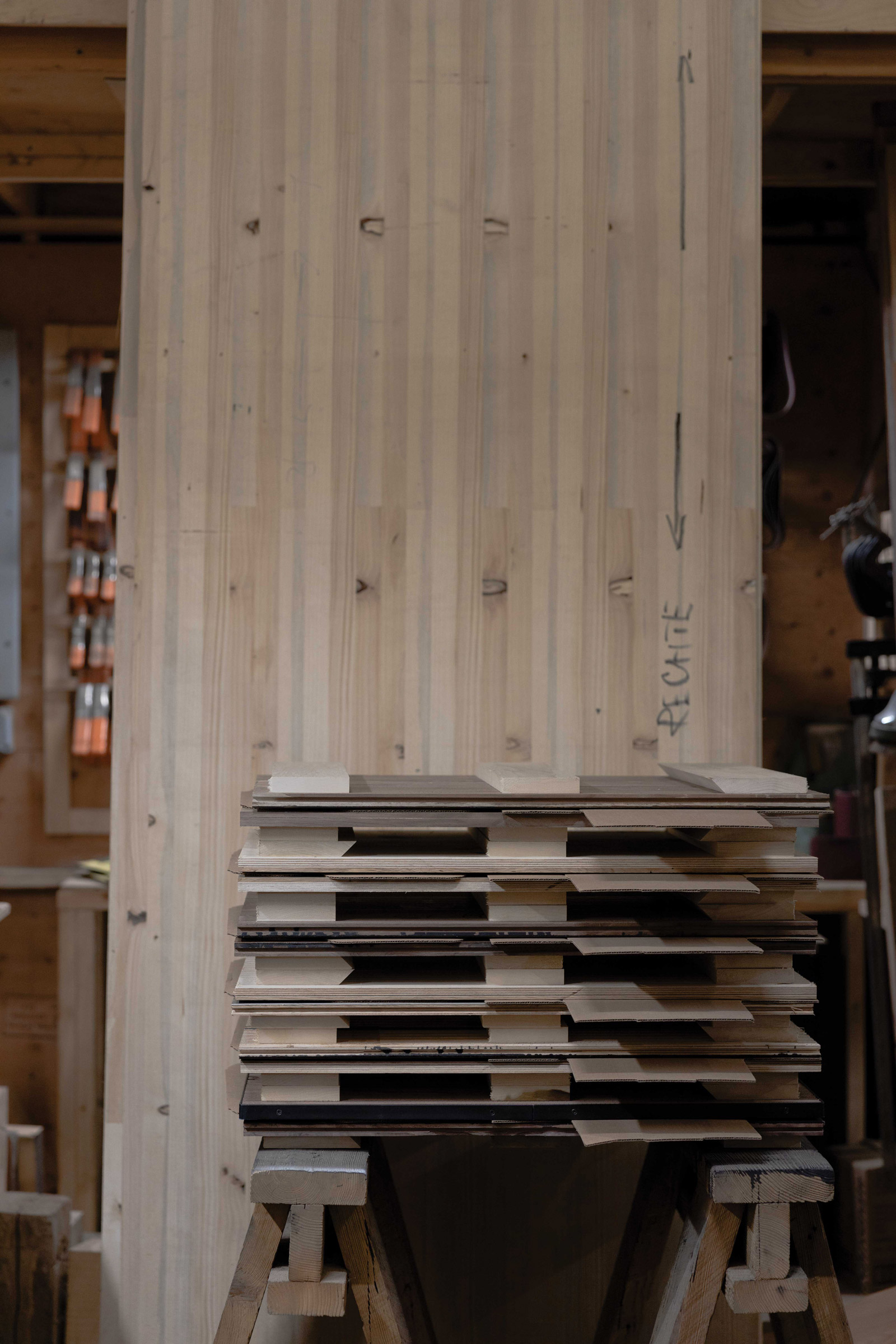
“To do the High Line, my team traveled to Hyderabad, a city built in India in the 1600s, to reclaim teak, which is not a valuable species there because it’s so abundant. We salvaged the wood cold so we could take the joists, too. Then, we shipped it back here, milled it and turned it into decking and benches for the High Line.”
